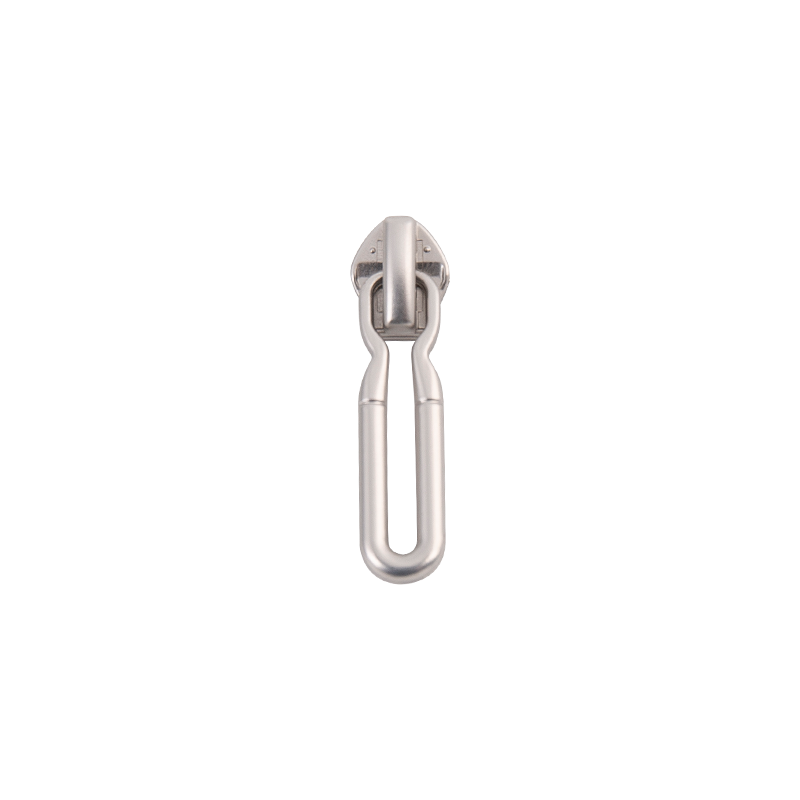The ease of operation of a zipper slider and puller is closely related to its mechanical properties. Here’s a breakdown of how these properties affect operation:
The materials used in the slider and puller affect friction and smoothness. Common materials include plastic, aluminum, and stainless steel. Plastics are generally lighter and can be molded into precise shapes, which might reduce friction, but they may wear out faster compared to metals. Metals, on the other hand, provide durability but can increase friction if not properly treated or lubricated.
The design of the slider, including the alignment and fit between the slider and the teeth of the zipper, plays a crucial role. Tighter tolerances can lead to smoother operation, as the slider fits more precisely over the teeth. Poor design or manufacturing tolerances can cause misalignment, increasing friction and making it harder to zip or unzip.

The surface finish of the slider and puller affects how smoothly they interact with the zipper teeth. A smooth, well-polished surface will generally operate more easily compared to a rough or uneven surface, which can cause increased friction and resistance.
Lubrication between the slider and the zipper teeth can greatly affect ease of operation. Proper lubrication reduces friction and wear, making it easier to zip and unzip. However, over-lubrication can attract dirt and debris, potentially causing more problems.
The internal mechanism of the slider, including how it grips the zipper teeth and how it is constructed, affects operation. A well-designed mechanism ensures that the slider moves smoothly along the zipper, providing ease of use.
The mechanical properties such as material, design, surface finish, lubrication, and internal mechanism all influence how easy it is to operate a zipper slider and puller. Good engineering practices aim to optimize these properties to ensure smooth, reliable, and easy operation.

 en
en  русский
русский 한국어
한국어 get a free quote
get a free quote
















